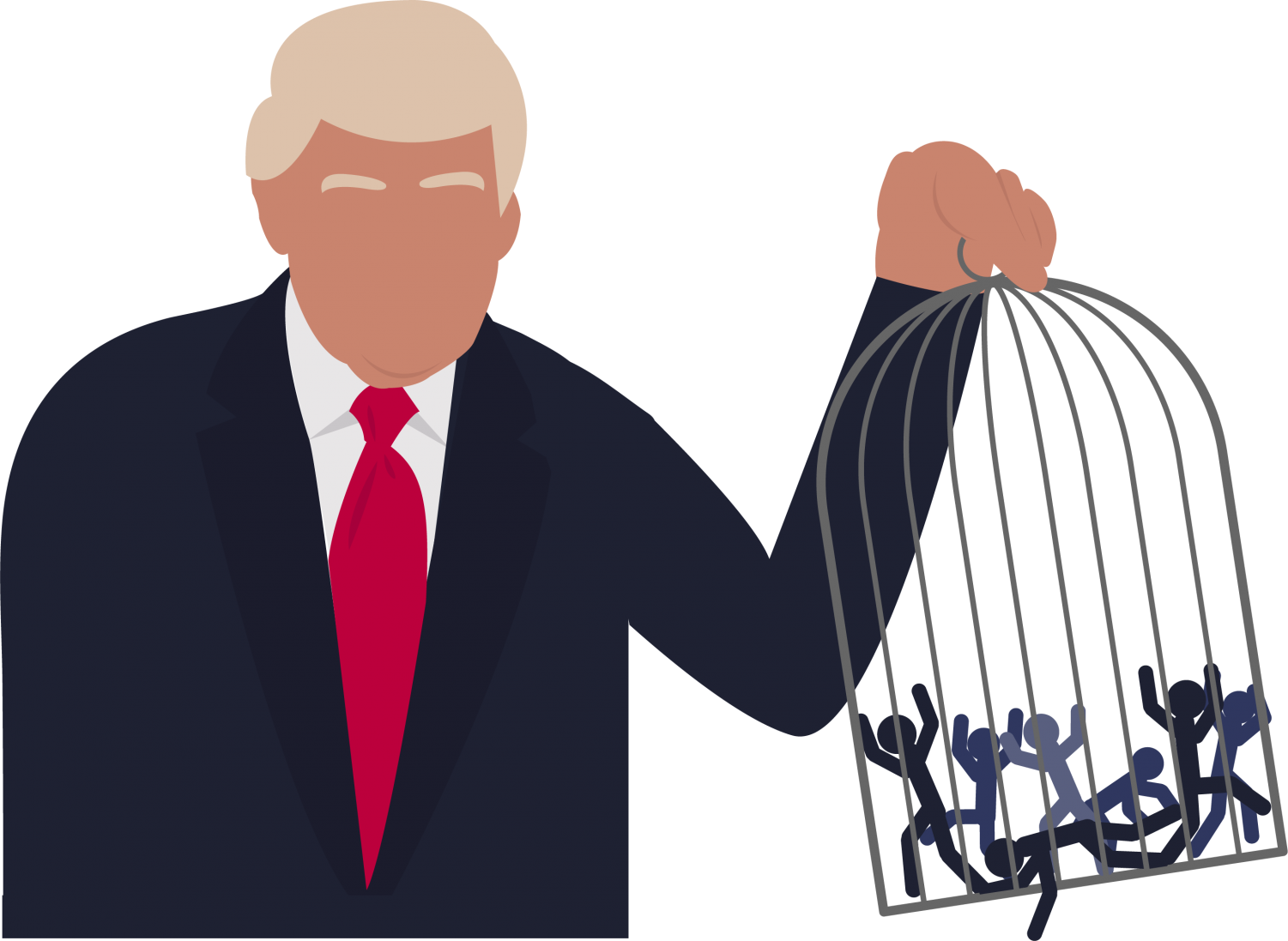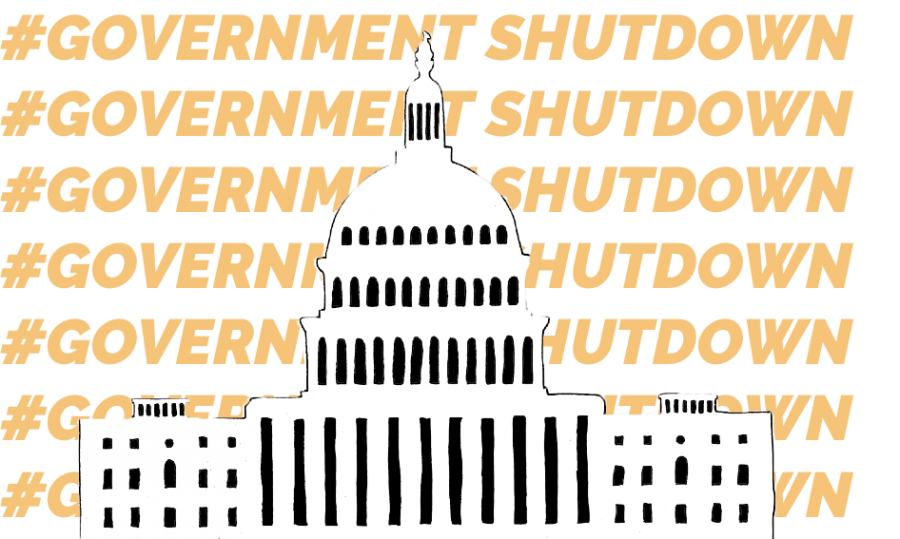#Government Shutdown
February 21, 2019
Government shutdowns have been taking place since 1980, usually lasting up to a week. However, with the longest government shutdown taking place in 2019, it is affecting those least expected.
The government shutdown of 2018 first began when President Donald Trump demanded funds to increase border security and build the wall he solidified his presidential campaign with. When he was denied his request for over five billion dollars, he declared a state of emergency and suspended all activity in the government, resulting in the longest shut down in American history.
Whether it is travel issues, shut down facilities, or even lack of financial stability, students have been the unexpected victims of the government shutdown. While some have taken to settling down and waiting for the shutdown to blow over, other students have reached out to express their upset and wishes for future government action.
Sydney Schier, a senior at Olathe North High School, experienced the adverse effects of the shutdown when attempting to go on a trip to a National Park earlier this year. As the shutdown continued past the two-week mark, government-issued employees refused to continue work without pay, including airport workers. Schier’s family debated on actually going on the trip as concerns about facilities being open, including the national park itself, became prevalent.
“It negatively affected me; we spent a lot of money to travel there,” Shier stated in regards to the shutdown.
Additionally, Schier did state that the reopening of the government did not affect her day to day life, due to the trip only being a one-time event. However, other student’s who were affected had different experiences.
The shutdown, which began on December 22nd, has not only affected the lives of students but also government workers as well. Families who depend on the income they receive from the government issued jobs sit in limbo as they wait, not knowing when their next paycheck will come.
Sarah Montes, a Sophomore at Olathe North, also experienced adverse effects due to the Government Shutdown.
After attempting to come back from Mexico during winter break, she spent a total of 11 hours trying to get back into the US. After that, she had to spend an additional three hours turning in her Aunt’s visas, totaling in a painstaking 14 hours trying to get back home after a trip. To make matters worse, the office in charge of this only had one worker, only elongating the entire process.
“In the light of this shutdown, I realized it takes an effort to create a compromise on a national level,” Montes commented.
In US History, the government has been shut down for a total of 87 days with 38 of those days taking place under Donald Trump’s presidency, the highest percentage of any president.
Some students are being affected in a far more devastating way, as shown by the experience of Sophomore Elizabeth Tuckness.
“I [just] see the government as slightly ineffective,” Tuckness said, “[The Cabinet] is being stubborn with its deals and letting the people beneath them suffer.”
From the beginning of the shutdown, Tuckness and her family immediately started seeing the adverse side effects. Her father was out of work for over a month, being forced to use vacation days to keep receiving paychecks however once the days ran out, he had no choice but to stop receiving payment.
“My father has to work later hours, but everything seems ‘normal’ for now. [However] we are still worried about what will happen when the lift is up.” Tuckness stated.
What many do not notice however is the everyday things that have been affected due to the shutdown. The FDA and USDA inspections of food products were delayed, causing some unsafe foods to possibly make their way into grocery stores and restaurants, such as romaine lettuce and eggs. National parks have been neglected and vandalized due to the lack of security. Over 40,000 immigration hearings were canceled due to the shutdown, causing those who were trying to enter the country to be left again without refuge legally.
Although many Americans are not affected by the shutdown, the number of those who are is steadily growing. From lack of paychecks, fleeting government officials, and lack of workers, almost anyone can find themselves unexpectedly a victim to the most extended government shutdown of US history.

The Reopening
On January 26, President Donald Trump backed down to temporarily lift the shutdown status on the United States – for three weeks.
After Trump pushed for the longest shutdown that has taken place in history, thirty-five days, he finally agreed to reopen the government to allow those who were not being paid to receive payment and compensation for the hardships they’ve faced. These hardships, including not being able to pay rent or feed their families, are often compensated inappropriately, with many Americans losing money through the course of a shutdown.
“I am very proud to announce today that we have reached a deal to end the shutdown and reopen the federal government.” Trump (NPR)
President Trump has initially refused to take any payment that wasn’t his first offer, totalling $5.7bn. However, when he allowed the government to reopen, he went back on his first comments, saying that he never asked for the full amount for the wall.
The government will recommend it’s closure on February 15, and the back and forth argument of budgets for the border security will continue. Government employees who already used their vacation days during the first round of the shutdown will again be forced to work without pay, and the stalemate will continue until one of the political parties backs down.





